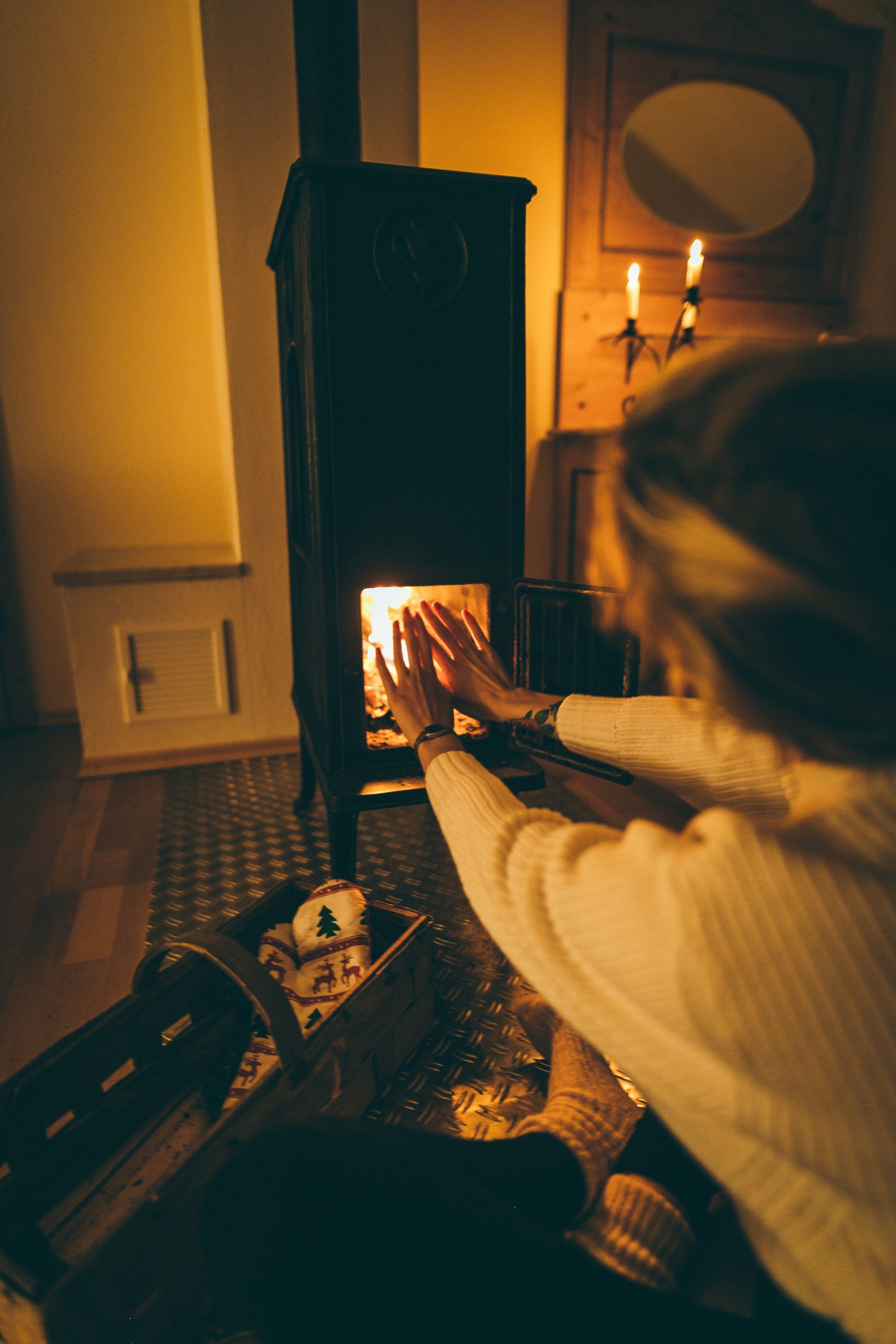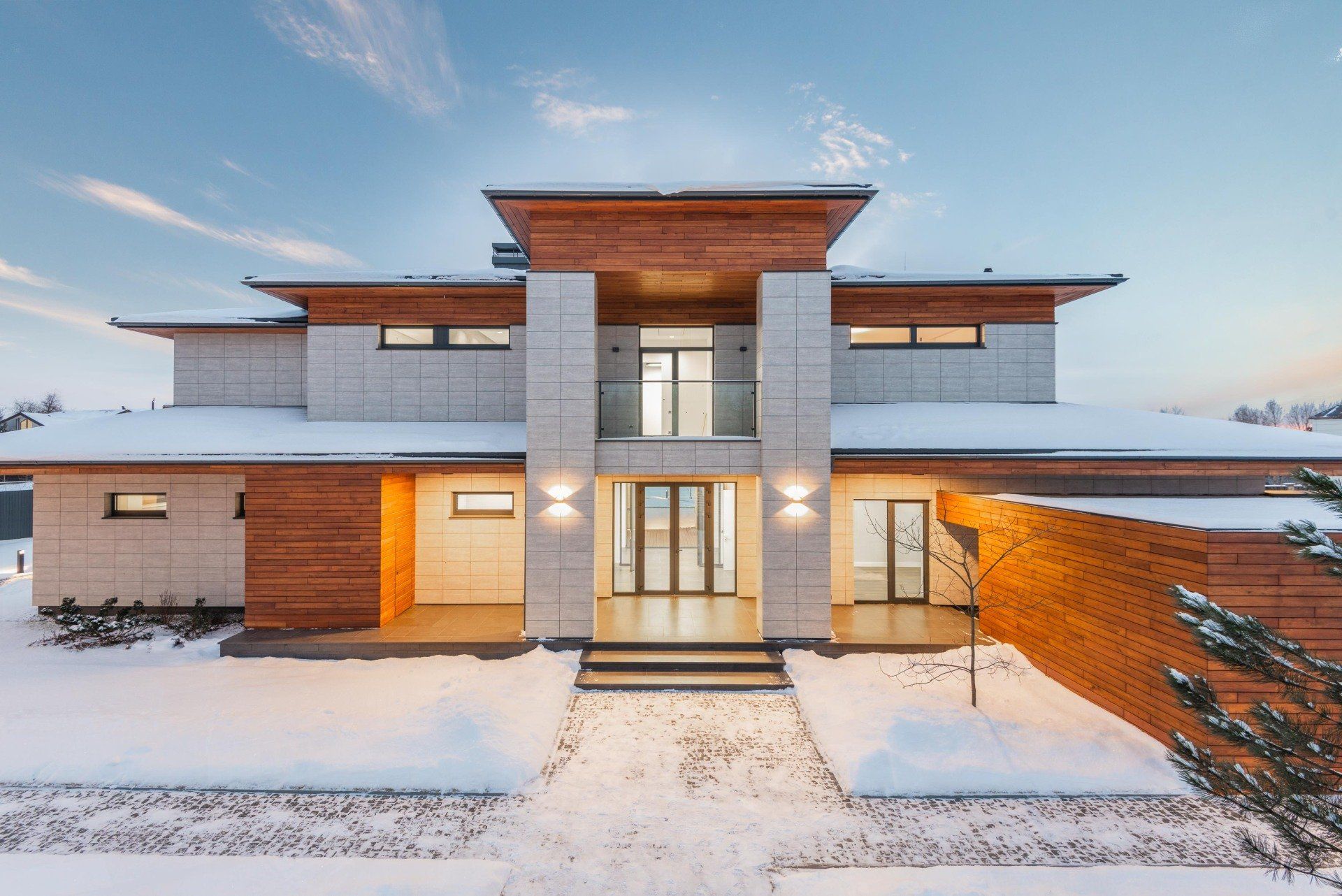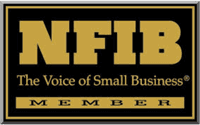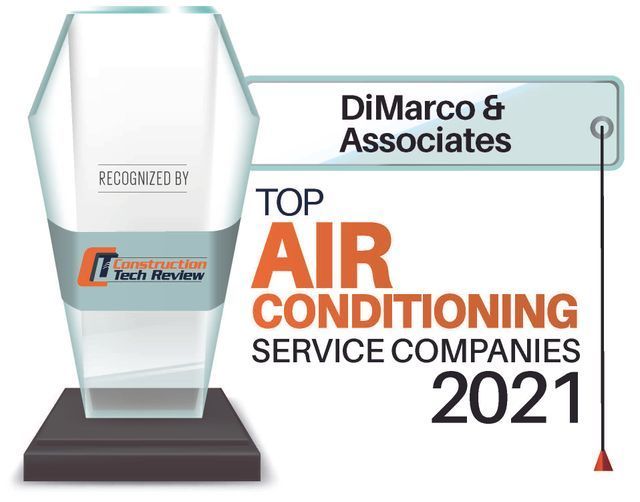Blog
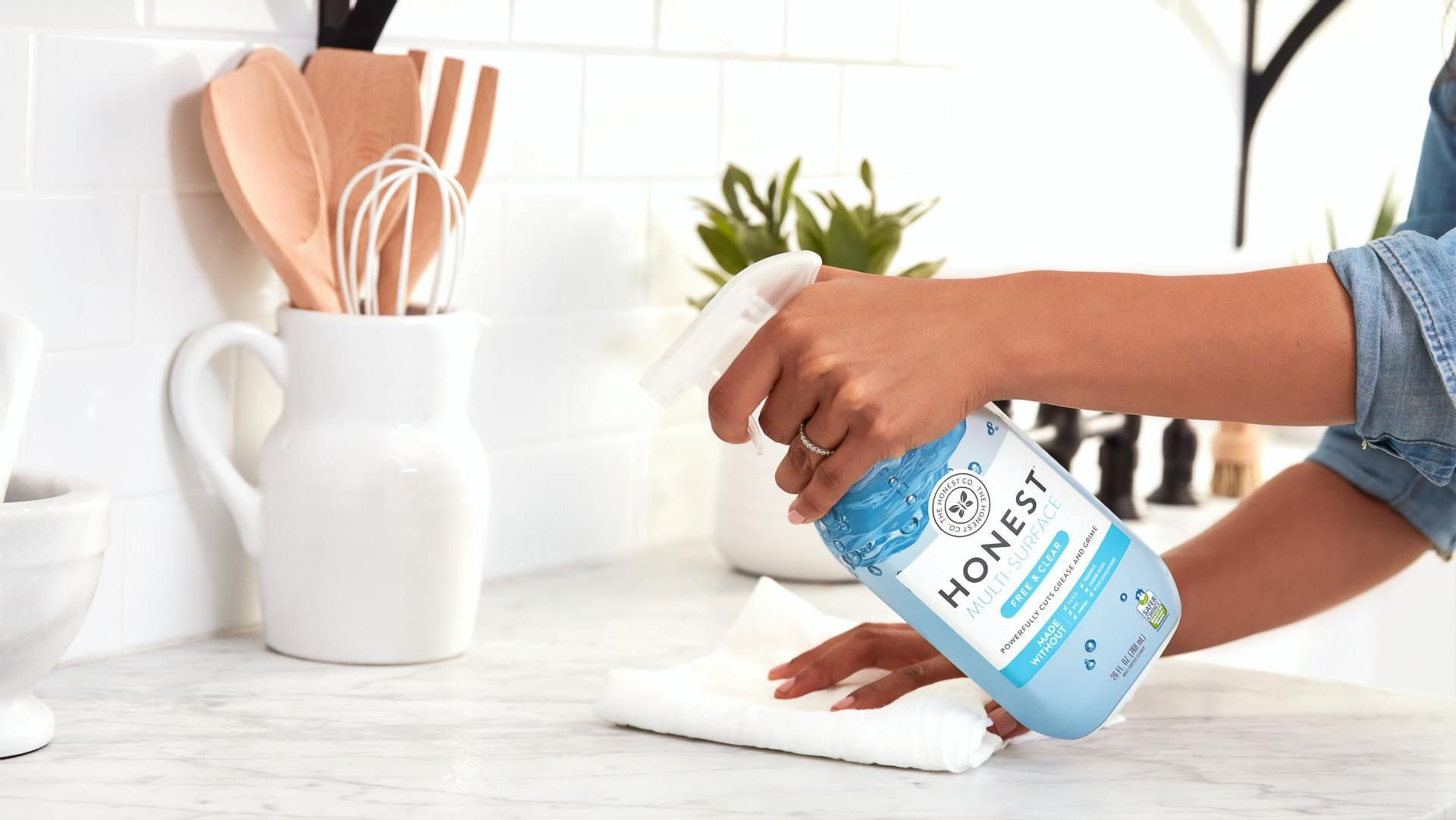
By localedge
•
21 May, 2020
Properly cleaning and disinfecting your home can keep everyone safe from germs, both during the COVID-19 pandemic and afterwards. Lower the chances o infection and potential spread by taking the time to effectively clean using the correct products. The Centers for Disease Control (CDC) recommends routine cleaning and disinfecting, whether you or a loved one have been exposed or not. The term cleaning refers to removing the germs and contaminants from surfaces. The act of cleaning does not kill germs, but it will remove a large majority of them. Disinfecting involves using chemicals to kill germs and pathogens on any surface. By disinfecting a surface after cleaning it, you can lower the risk of spreading the coronavirus disease. Any of the high-touch surfaces in your home should be your first priority when cleaning and disinfecting. Research has shown that coronavirus is capable of living on surfaces like cardboard for up to twenty four hours, and two to three days on plastic or stainless steel. Any time people or goods come in and out of your house, there is a possibility of exposure and that is why routine cleaning is essential. It is recommended to clean and disinfect the following surfaces daily: Doorknobs Table & Counter Top Surfaces Hard Dining Chairs Faucets and Knobs Toilets Light Switches Stair Railings Remote Controls & Game Controllers Everyone's "high-touch" surfaces may be a bit different. Do you sit at your writing desk every day? Do you have a console table where everyone drops off their things each day? Think about the surfaces your interact with and touch the most - those are the surfaces that need the most attention. How To Clean Each Surface Effectively Hard, Non-Porous Surfaces Always wear disposable gloves when cleaning and disinfecting. When you are finished, discard the gloves and immediately wash your hands. Using a detergent or soap, clean the surface to remove any dust and dirt. As far as disinfecting goes, most household disinfectants are effective. Diluted household bleach solutions are also appropriate for hard surfaces. Spray the disinfectant on the surface and let it sit for sixty seconds before wiping. Soft, Porous Surfaces For surfaces such as carpets and rugs, drapery and curtains, or other linens and clothing, remove any visible debris and clean using appropriate methods for the item. Be sure to check the tags before laundering any items to avoid damage. Disinfect using products that are EPA-approved against fighting the COVID-19 virus. Here at DiMarco and Associates, we want to assist in any way we can to keep your home safe and clean for you and your family. We carry a variety of Nu-Calgon products that are approved for virus disinfecting. For more information, please don't hesitate to contact us today.
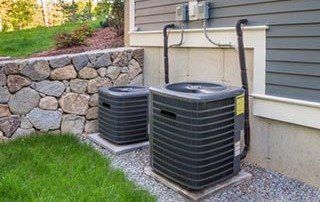
By localedge
•
10 Mar, 2020
The air is getting warmer and the buds are starting to emerge on trees. Spring is on its way and after a long, cold winter, everyone is ready for the revitalization that comes with the season change. This includes your air conditioning system! Spring is one of the best times to enlist air conditioning maintenance service from your local professionals. Any damage or stress caused by the harsh winter weather can be treated with a bit of attention. Springtime maintenance offers multiple benefits, such as: Your system will operate more efficiently. Natural build-up and wear of your system can create more strain on the internal components. In particular, the blower motor needs regular attention to ensure it is running properly and without issue. When the blower motor or other components are working ineffectively, it can cause higher energy bills as your system attempts to overcome the stress. With regular springtime maintenance, it can retain its efficiency! Your system will be more reliable when you need it most. This is arguably the best benefit of springtime maintenance, as your air conditioning unit will be less likely to fail on the hottest summer days. During the inspection, a professional will be able to identify any normal wear and tear on the system that can lead to problems down the line. Any air conditioning repairs or adjustments made then can save you from untimely and costly issues later. You can extend the life of your unit! Generally, most air conditioning will last between 10 to 15 years. This depends on the manufacturer and type of unit, but also on the maintenance it receives! By routinely contacting your local expert for air conditioning repair or service, your unit could last the maximum amount of time, offering you more of a return on your investment. Contact DiMarco and Associates Today! Because everyone is interested in springtime maintenance, it is one of our busiest times of the year! To ensure you get your air conditioning system serviced before the warm weather truly rolls in, contact us at your earliest convenience. Our air conditioning repair, service, and maintenance options are available to clients throughout Solon, Beachwood, Aurora, Chagrin Falls, OH and the surrounding areas. Don't wait - call now!
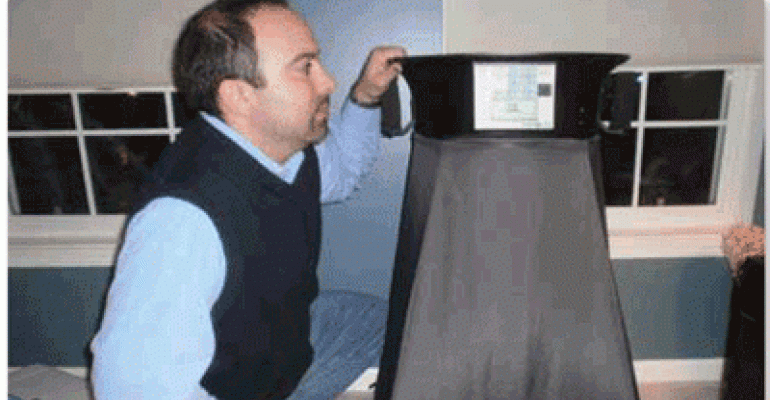
19 Jul, 2019
BENJAMIN DIMARCO, LEED AP If your technicians aren't checking system airflow on every service call, you're doing your company and your customers a disservice. Air balancing is the missing link in getting residential HVAC systems to perform at or near their peak levels. In the commercial, industrial, and institutional markets, HVAC balancing is more recognized and accepted as a necessary service than it is in the residential market. We have found, however, that the need for residential air balancing may be even greater than in the other markets simply because of the lack of awareness that has existed for so long. The residential projects on which we have provided these services have turned out to be exceptional in terms of overall system performance. Not all residential customers are ready for their HVAC system to be balanced, but you can be assured that just about all residential customers need it. Testing is the Key The key to proper residential air balancing is testing. If you don’t measure, you’re just guessing. After testing more than a thousand HVAC systems we have found less than 5% that are operating above 90% of the equipment-rated capacity. Most operate in the 55% to 65% range before balancing or corrective measures are put in place. Our existing clients have been apprised of the need for air diagnostics and balancing and many of them have gone through the process to test, assess, correct, and verify their system’s performance. Any new clients we take on are informed immediately that airflow diagnostics, balancing, and full system commissioning are necessary unless they have already had it done. If they are not prepared to proceed, we are honest with them and tell them that traditional service and maintenance can be done, but overall system effectiveness and performance is not guaranteed. The Process There is a distinct process to balancing a residential HVAC system. You first assess and measure or "test-in," then re-assess, perform any corrective actions, "test-out," verify, and document. Here is how to put that process into motion on a project. You need to test-in to get a baseline. If a 3-ton system is supposed to deliver 1,200 cfm and you measure the duct system and find that the supply is delivering 1,000 cfm and the return is returning 800 cfm, there is obviously a problem. Our experience has shown that nearly all duct systems are deficient to some level, the return system usually much more so than the supply. We usually find duct leakage on both sides of the system and an inadequately sized return system. Airflow can be measured several ways. One of the simplest ways is to test total external static pressure, compare it to manufacturer's documents, then measure airflow at all the supply and return grilles and registers. Next, assess how much air is moving through the furnace or air handler and how much is being delivered to and returned from the living space. From this test-in procedure you can assess the deficiency level, and make the appropriate recommendations to the homeowner for repairs. These recommendations may include duct sealing, adding return ducts and grilles, modifying or changing the filtration set-up, adjusting fan speeds, cleaning the evaporator, performing combustion analysis, and adjusting the refrigerant charge. After this work is complete, test-out and document the results showing the measured improvements in performance. This is when you perform the final balancing, setting and adjusting dampers, etc. to achieve the desired end result. Overcoming Challenges Most of the time, customers want the necessary duct system repairs done without disruption to finished walls or ceilings. Homes with finished basements where the ceiling is drywall rather than a drop ceiling make duct sealing and repairs very difficult. In these cases the customer must weigh the projected HVAC improvements with the cosmetic disruption and repair required to achieve them. We find that customers are usually receptive to minor disruption such as cutting some access openings into a basement drywall ceiling, but not major disruption such as cutting entire wall spaces open on the first or second floors. Another obstacle is running additional ducts to a second floor from a system located in a basement. Unless we can route the ducts through a closet or hidden chase, this is usually not done. When we only have to add additional returns, we typically locate the grille on the first floor near the foyer and near the stairwell to the second floor. This allows a central supplemental return that can draw air from both floors. Learn to Use the Tools Keep in mind that building envelope issues can add to the airflow and HVAC system problems in a home. Air balancing will assist in improving the performance of the HVAC system, but may not cure all the comfort problems that exist within the home. A full building analysis that focuses on the building envelope may be necessary. Air balancing residential HVAC systems really is the key to achieving maximum performance and optimum comfort. It is a simple matter for service technicians to perform an airflow calculation and begin to educate customers on the importance of a properly balanced system that is delivering the correct amount of airflow. Learn how to use airflow measurement tools, and then use them! Test-in, test-out and verify system performance. Remember: if you don’t measure, you’re just guessing. And guessing isn’t good for your customers or your company. Benjamin M. DiMarco, LEED AP, president of DiMarco & Associates LLC, Chagrin Falls, OH, is certified by the National Comfort Institute, which provides training, equipment, and support for HVAC contractors performing air diagnostics, balancing, combustion analysis, and carbon monoxide detection. He can be reached at (440) 647-8876 , or by e-mail at ben@dimarco-associates.com. For more information about the National Comfort Institute, visit www.nationalcomfortinstitute.com.
Our Location
9953 E. Washington St., Suite B
Chagrin Falls, OH 44023
Mon - Fri: 8:00 am to 5:00 pm
Sat - Sun: Closed
Contact Info
Payment Methods






